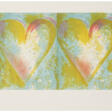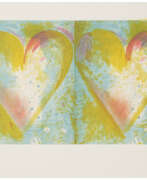Collagraphy

Collagraphy
Collagraphy, a distinctive printmaking technique, combines the tactile richness of collage with the expressive potential of print. It was pioneered in the 1950s by Glen Alps, who merged various materials onto a sturdy base to create textured plates for printing. This method, derived from the Greek words for glue ("kolla") and drawing ("graph"), allows for a broad experimentation with textures and materials, including yarn, fabric, and leaves. Notably, artists like Edmond Casarella and Belkis Ayon have advanced the medium, integrating personal and cultural narratives into their works. Today, collagraphy is celebrated for its accessibility and sustainability, encouraging artists of all ages to explore creative expression through recycled materials.
The process of creating a collagraph involves assembling a plate with various textures, inking it, and then pressing it onto paper. Early examples date back to the 19th century, with artists like Pierre Roche utilizing the technique for his work "Algues Marines." The appeal of collagraphy lies in its versatility and the unique, unpredictable effects it produces, making it a popular choice for artists seeking to explore new boundaries in printmaking.
As a method that continues to evolve, collagraphy bridges traditional and digital art forms, allowing for unexpected and experimental pieces. It's a testament to the enduring nature of artistic innovation, adapting to modern contexts while retaining its core of creativity and experimentation.
For those interested in exploring or collecting works in this captivating medium, sign up for updates on new collagraphy sales and auction events. This subscription will keep you informed about the latest in collagraphy art, ensuring you never miss an opportunity to add to your collection.
| Start of the period: | 1950 |
|---|

